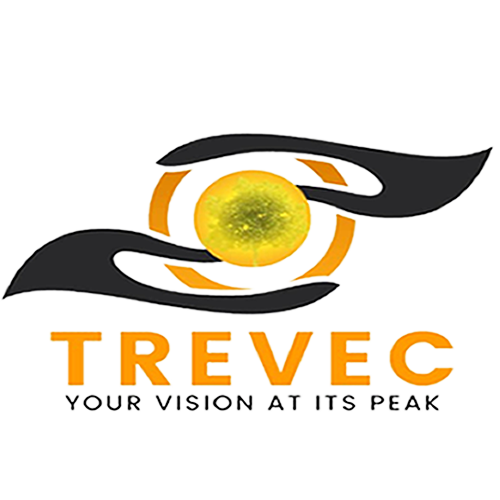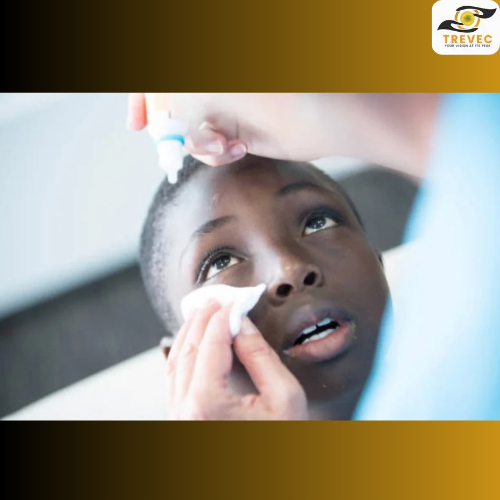Did you know that atropine eye drops have incredible potential for controlling myopia? Or that a child or teenager’s visual environment can significantly impact their risk of developing or worsening myopia.
Let us explore these exciting possibilities and see how this could improve myopia management for children from age 4 to 18 years old.
ATROPINE THERAPY
Atropine eye drops can temporarily dilate the pupil and stop the focusing muscles. Low concentrations, typically from 0.01% to 0.05%, are used to control myopia with minimal side effects. Research indicates that atropine is effective in slowing myopia progression in children. Although, with atropine eye drop treatment for myopia control, spectacles or contact lenses are still needed to correct the blurred vision from myopia, as atropine only acts to slow myopia progression.
Nevertheless, further studies have shown that when combined with ortho-k, atropine 0.01% has shown promising results in reducing myopia progression in children.
Ongoing research shows that atropine 0.05% is as effective as the best spectacle lens, soft contact lens, and ortho-k options for myopia control.
LIFESTYLE CHANGES THAT HELP CONTROL MYOPIA PROGRESSION
It is crucial to consider these factors in a visual environment to ensure the most favorable outcomes with myopia control treatments, which include the following:
- How much time a child or teenager spends outdoors: Increasing daily outdoor time to about 2 hours, on average, can help to postpone the onset of myopia.
- How much time does a child or teenager spends using screens : Holding screens or engaging in prolonged periods of screen use
- How much time does a child or teenager spend on close-up activities like reading, gaming, and so on? : Holding books too close or reading without breaks increases the risk of myopia, so near-work reduction aids myopia control.
- Some research suggests diets rich in antioxidants, omega-3 fatty acids, and vitamin D may help slow the progression of myopia.
Discuss targets for outdoor time, screen time, or limiting close-up activities with your optometrist to assist in managing a child’s myopia.
CONCLUSION
We have discussed how these treatments (‘lenslet’ spectacle lenses, myopia control soft contact lenses, ortho-k, and atropine 0.05%) work. These methods are all equally good at slowing down the progression of myopia in kids and teens compared to using regular single-vision spectacle contact lenses, which are not specifically for treatment in kids from around 6 to 8 years old and from 14 to 16 years old.
With so many exciting possibilities, there’s a solution that’s just right for every unique child and teenager. For instance, a child’s age can affect which treatments are best for them, as younger children might have a hard time with contact lenses, but they usually can handle them well between the ages of 6 and 8. On the other hand, teenagers might struggle with the side effects of atropine.
Explore personalized advice from your optometrist to find the ideal choice for your loved one’s eye health. To discover the perfect option for your child’s eye care, visit us at TREETOP VISION EYE CENTRE (TREVEC), the best eye clinic in Utako, Abuja.
TREVEC CARES!!!


